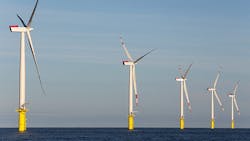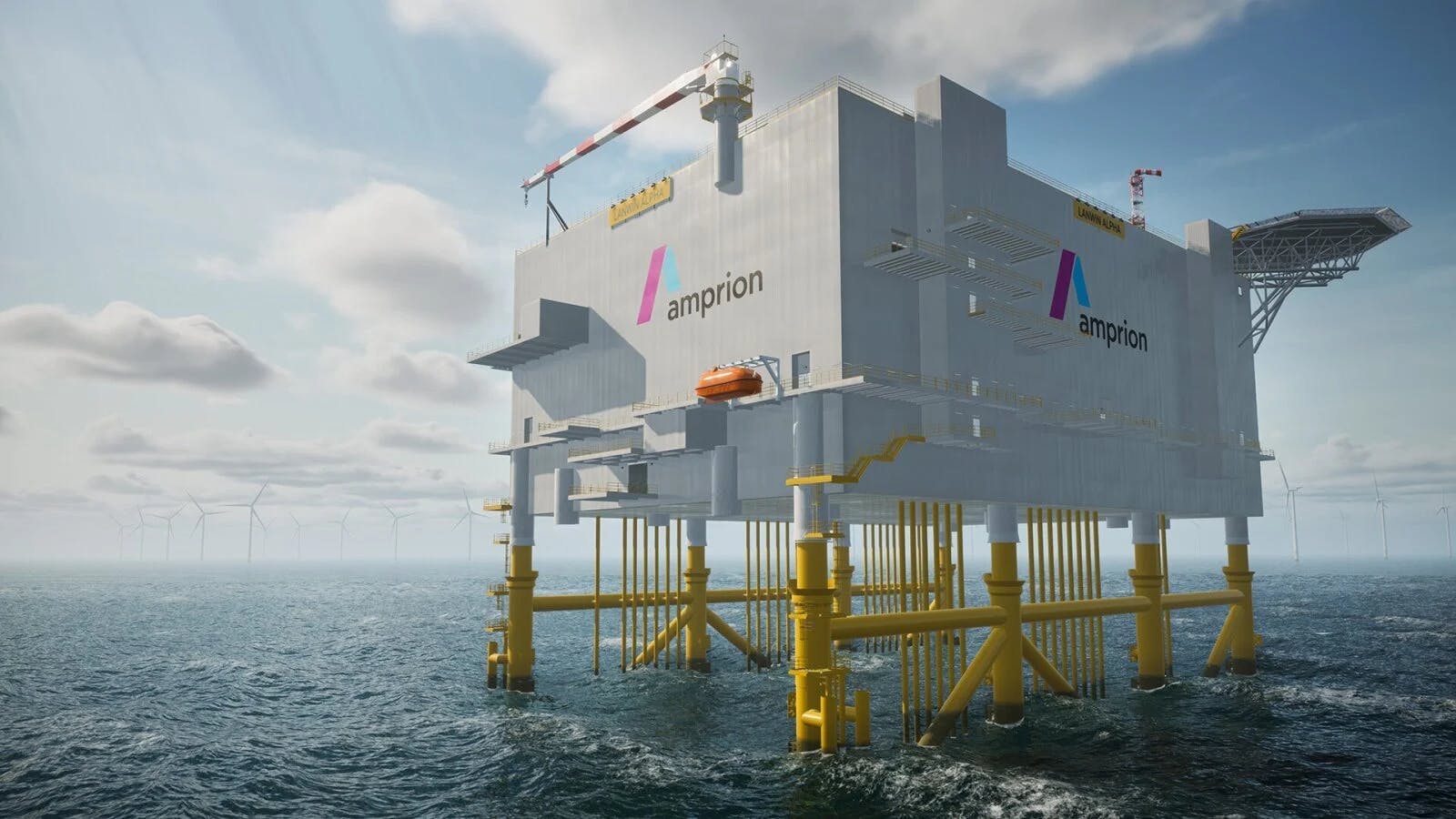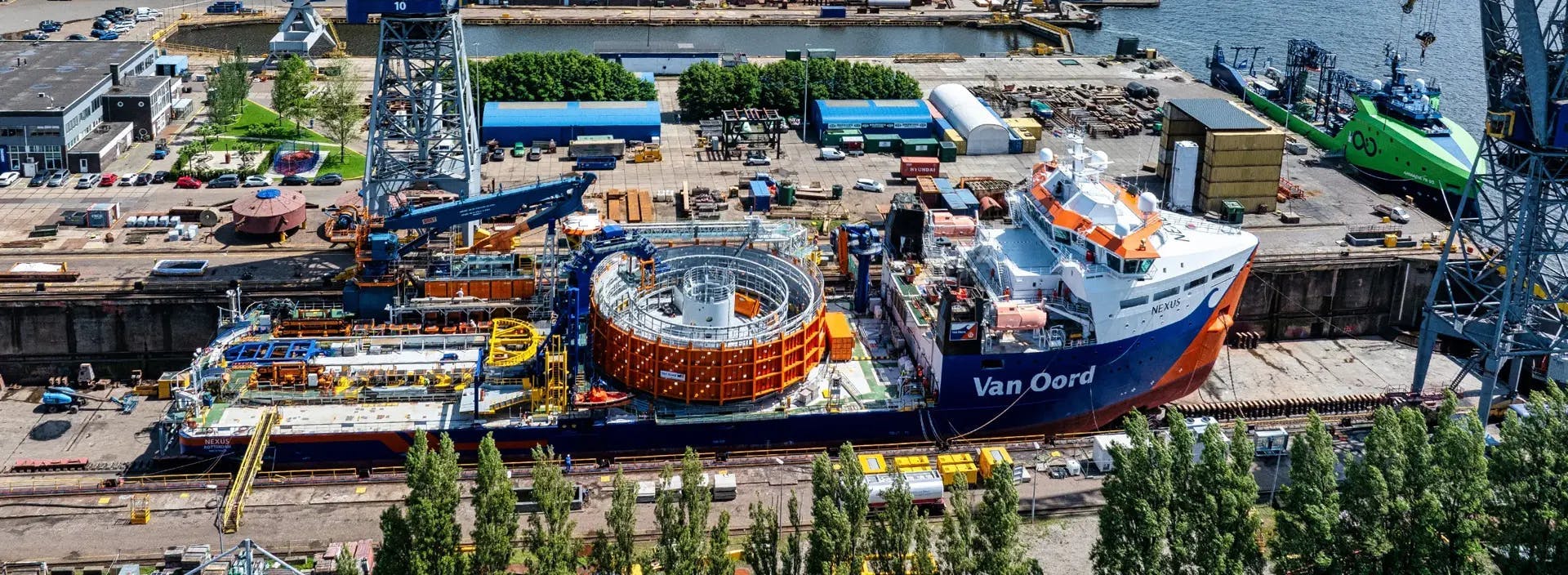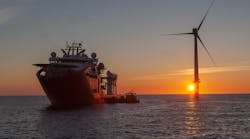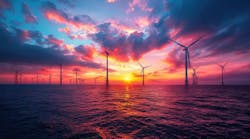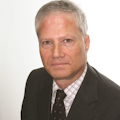Offshore wind roundup: Aker Solutions fabricating substructure; RWE offers secondary reserve; Van Oord vessel gets NOx reduction retrofit
In this week's news roundup, Offshore provides an update on the latest offshore wind energy projects and technologies.
Aker Solutions to fabricate North Sea BalWin platform substructure
Dragados Offshore has commissioned Aker Solutions to manufacture the steel substructure for the 2-GW HVDC converter station for the BalWin1 offshore wind grid connection system.
The project is in the German North Sea, and Aker Solutions’ contract includes an option for the BalWin 2 steel substructure.
Both the BalWin 1 and BalWin 2 grid connection systems will comprise a 2-GW HVDC offshore and onshore substation for the electrical power transmission. Amprion Offshore is the transmission system operator responsible for both systems.
Aker Solutions is responsible for procurement, method engineering and construction of the HVDC converter platform substructures, the latter taking place at its yard in Verdal, western Norway.
Preparation for procurement and method engineering has started, while fabrication should get underway early next year, leading to deliveries in 2028 and 2029.
RWE joins North Sea secondary reserve process
RWE plans to offer a system-stabilizing secondary reserve for Germany’s power grid via Amrumbank West offshore wind farm in the North Sea.
Transmission system operator TenneT recently granted pre-qualification for a capacity of 60 MW.
The secondary reserve, also known as automatic frequency restoration reserve, is said to complement the primary and minute reserves, maintaining a stable grid frequency of 50 Hertz to prevent potential grid failures.
To participate in secondary reserve auctions, the bidder must guarantee that the 60-MW reduction can be fully activated within five minutes.
RWE will shortly begin marketing this secondary reserve through daily balancing energy auctions.
Amrumbank West, 37 km west of the North Frisian island of Amrum in the German North Sea, features 80 wind turbines with a total capacity of 302 MW.
In practice, the facilities will need to be able to reduce output within seconds, a process achieved by altering the position of the rotor blades, turning them out of the wind with “pinpoint accuracy,” according to RWE.
To do this, the company says it has developed automated and scalable infrastructure for balancing power from wind, which includes partner Generac Energy Services’ control system.
RWE adds that electricity production and consumption must remain balanced at all times to ensure the target grid frequency of 50 Hertz is maintained. Should frequency fluctuations occur in the grid area, the local transmission system operator will call in balancing power to counteract and then correct the imbalance.
NOX reduction retrofit for Van Oord cable-lay vessel
Damen Shipyards Group has installed five selective catalytic reduction (SCR) systems on Van Oord’s cable-lay vessel Nexus, one for each engine.
Each of these includes a catalytic converter behind the engine to limit nitrogen (NOx) emissions to a minimum. The catalyst reacts with injected urea, chemically removing NOx from the vessel’s exhaust emissions.
Following this upgrade, the Nexus is now fully IMO Tier III compliant, Van Oord added. Damen Shipyards Group was also the vessel’s original builder.
In 2014, Damen delivered the Nexus to Van Oord. A Damen offshore carrier with DP2 capabilities, the 122.68 x 27.45 m vessel was built as a cable layer for the offshore wind industry and features a cable carousel with a capacity of more than 5,000 tonnes.
Mooring service addresses shortage of subsea crane vessels
Kongsberg Maritime has devised a mooring service said to expand the capabilities of offshore construction vessels (OSCVs).
It involves integrating a purpose-designed anchor-handling winch, shark jaws and stern rollers into the design of newbuild vessels, allowing them to take on more tasks independently.
The service, which the company claims could address the lack of vessels capable of large-scale mooring installations, is said to enable OSCVs to undertake a wider range of mooring operations, extending the operational window and limiting the requirement to bring in further vessels at the field.
Adding winches and stern rollers can lead to more efficient over-stern deployment of mooring lines, Kongsberg added. This is a technique commonly deployed from anchorhandler tug support vessels. Read more.
Charybdis offshore wind installation vessel begins sea trials
The Charybdis, America’s first domestically built offshore wind turbine installation (WTIV) vessel, has commenced sea trials off Brownsville, Texas, according to Dominion Energy.
The vessel, constructed at the Seatrium AmFELS shipyard in Brownsville, will support the construction of the 2.6-gigawatt Coastal Virginia Offshore Wind (CVOW) project.
Standing at 472 feet long, Charybdis was built using over 14,000 tons of domestic steel, with nearly 10,000 tons sourced from Alabama, North Carolina, and West Virginia. Read more.
Want more insights on the offshore wind sector?
Or sign up for Offshore's monthly Renewable Energy e-newsletter!
The Offshore Renewable Energy e-newsletter provides updates on new technology, projects and policy for the development of offshore renewable energy from wind, waves, solar and other resources. Want to have insights and news delivered straight to your inbox on the third Thursday of every month? Hit the subscribe button below.
About the Author
Jeremy Beckman
Editor, Europe
Jeremy Beckman has been Editor Europe, Offshore since 1992. Prior to joining Offshore he was a freelance journalist for eight years, working for a variety of electronics, computing and scientific journals in the UK. He regularly writes news columns on trends and events both in the NW Europe offshore region and globally. He also writes features on developments and technology in exploration and production.
